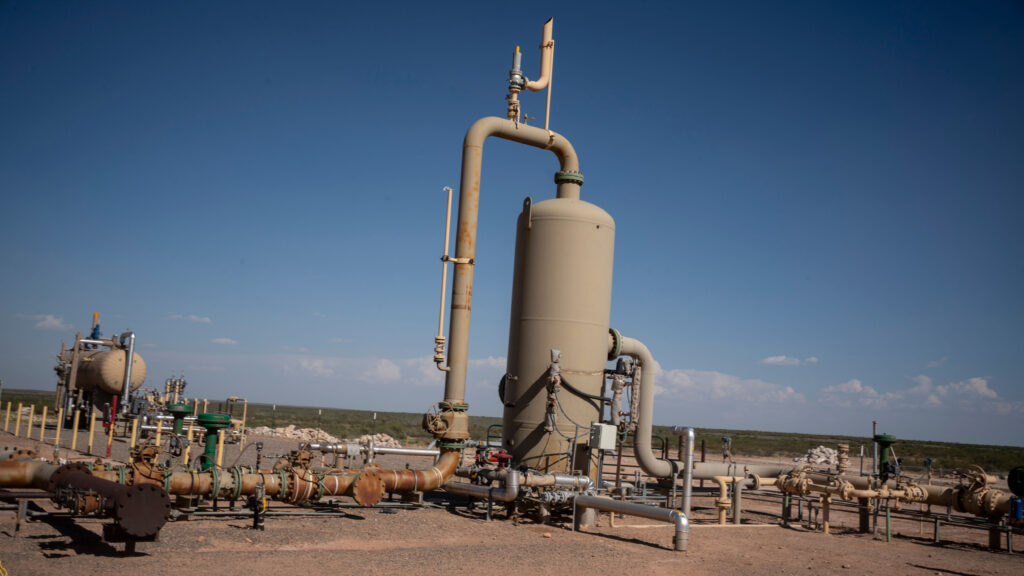Revolutionary oil drilling equipment is transforming the face of gas extraction, bringing new efficiencies, safety measures, and environmental benefits to an industry that has long been associated with high risks and environmental concerns. Over the past few decades, advances in technology have introduced a wide range of innovations designed to optimize drilling processes, reduce operational costs, and mitigate the environmental impact of fossil fuel extraction. These developments are poised to reshape the way energy is produced, making it more sustainable and less disruptive to surrounding ecosystems. One of the most significant breakthroughs is the development of automated drilling systems. These systems reduce the need for manual labor, improving the precision and efficiency of the drilling process. Automated drilling rigs can adjust in real-time to changing conditions, making the operation more adaptable to geological challenges. This level of precision not only speeds up the drilling process but also minimizes the risks of human error, which can lead to costly mistakes or accidents.

As a result, these systems are enabling operators to extract gas from previously inaccessible or difficult-to-reach reserves, expanding the pool of recoverable resources. In addition to automation, the use of real-time data analytics has revolutionized oil and gas equipment. Sensors and monitoring systems now collect vast amounts of data during drilling operations, allowing operators to gain real-time insights into the well’s condition and the surrounding geological environment. This data-driven approach enhances decision-making and allows for more informed strategies, optimizing production and reducing waste. Advanced software algorithms can also predict potential issues, such as equipment failures or reservoir damage, helping to prevent costly downtime and environmental incidents. Another notable development in oil drilling equipment is the introduction of horizontal and directional drilling technologies. These techniques allow operators to drill wells in multiple directions, accessing a broader area from a single drilling site.
Horizontal drilling, for instance, enables extraction from shale and other unconventional reservoirs, which were once considered too difficult or expensive to access. This approach minimizes the number of drilling rigs needed, reducing the surface footprint and the environmental impact associated with drilling operations. It also allows companies to tap into previously untapped resources, expanding the supply of natural gas and oil. In parallel with these technical advancements, there has been a growing emphasis on environmental sustainability within the oil drill machine industry. Innovations such as closed-loop systems and advanced filtration technologies are helping reduce the release of harmful emissions and the contamination of water sources. Overall, the revolutionary oil drilling equipment reshaping the gas extraction industry is not only making the process more efficient and cost-effective but also improving its safety and environmental footprint. As these technologies continue to evolve, they hold the potential to redefine how we produce and consume energy, making oil and gas extraction cleaner, more sustainable, and better equipped to meet the global demand for energy in the future.
